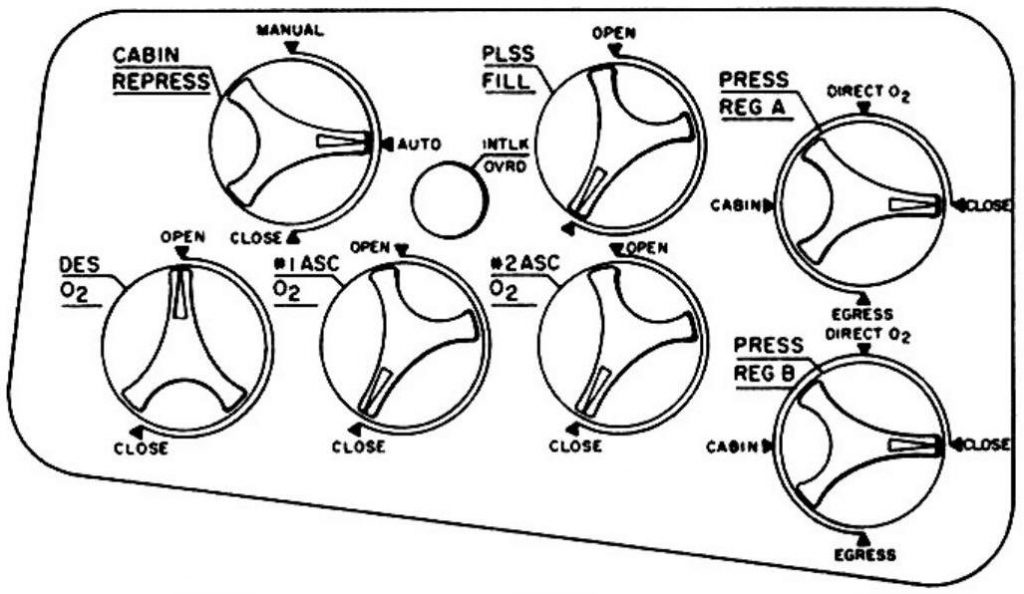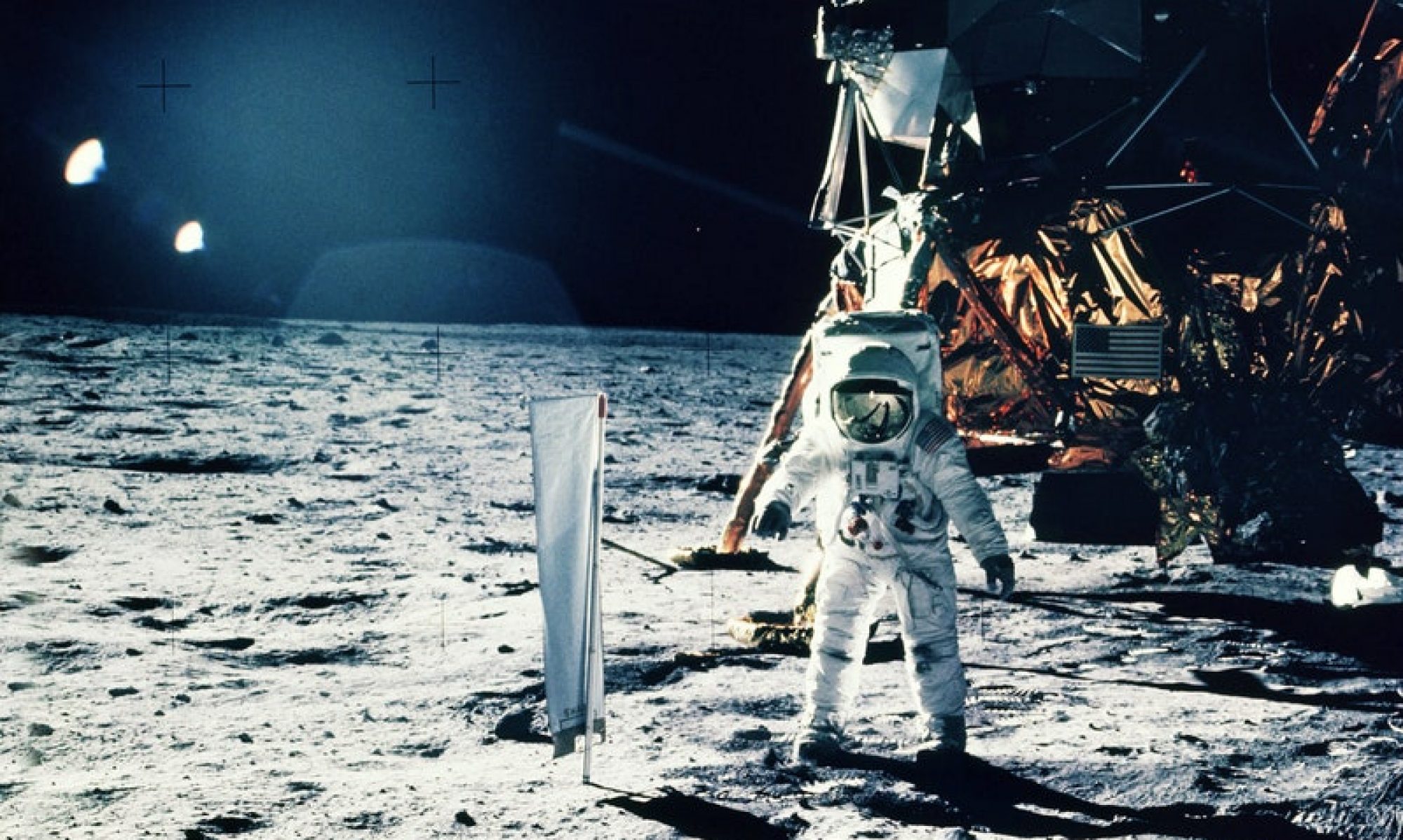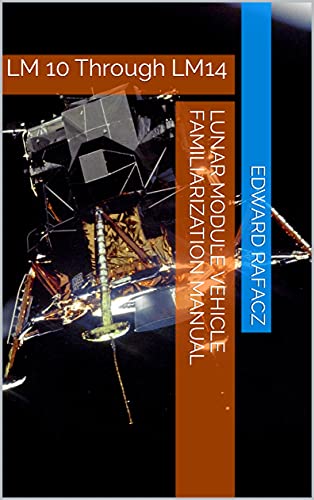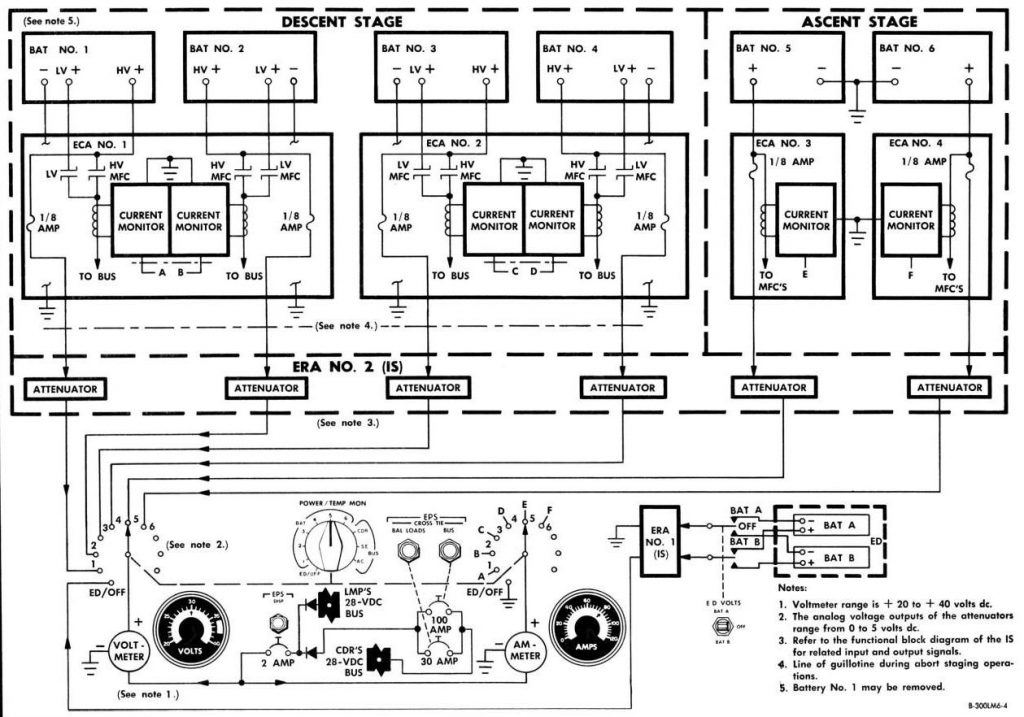🌬️ Decoding the Apollo Environmental Control System (ECS)
Ever wondered how astronauts breathe, stay cool, and maintain a habitable environment in the vastness of space? The Apollo ECS is the unsung hero, orchestrating a symphony of functions. From providing a comfortable atmosphere for astronauts to decompressing and repressurizing the cabin, it’s a critical component of lunar module operations.
❄️ Cooling, Oxygen, Water — The Apollo ECS Essentials
Join us as we explore the various facets of the Apollo ECS. It’s not just about air; it’s about ensuring the right temperature, providing oxygen for breathing, managing water for various needs, and even facilitating food preparation. It’s the life support system that makes survival possible beyond Earth.

🚀 Anatomy of the Apollo ECS
Venture into the lunar module’s Apollo ECS and discover its anatomy. With major components spread across the cabin, aft equipment bay, and descent stage, the ECS is a marvel of engineering. Get ready to explore the atmospheric revitalization section, oxygen supply, water management, and more!
💡 Powering the Apollo ECS
The lifeblood of the ECS is a 28-volt DC bus, drawing power from the electrical power system. It’s a reminder that even in the vastness of space, power is crucial to sustaining life and ensuring the spacecraft functions seamlessly.
🌐 Interactive Virtual Reality Experience
For space enthusiasts hungry for more, we invite you to our Patreon page. Experience an interactive virtual reality museum where you can explore spacecraft components with a simple click. Dive into the intricacies of the lunar module, understand its systems, and even visit the surface of the moon virtually. Spacecraft Interactive Virtual Museum | creating Interactive Virtual Museum Exhibits | Patreon
🚀 Engage with Us!
Drop your thoughts, questions, and favorite spacecraft components in the comments below. Let’s spark a conversation about the wonders of space exploration!
Want to see how this work in an Interactive Panorama? Get this eBook Here
🌠 Subscribe & Support
If this journey through the Apollo ECS fascinated you, don’t forget to like, share, and subscribe! Your support keeps our mission alive. Join our Patreon community for exclusive access and behind-the-scenes content.
🌌 Embark on the Ultimate Space Exploration Adventure with Spacecraft Guide! 🌠🔭
As we wrap up this cosmic odyssey, we invite you to stay connected. Your support and curiosity drive us to bring the wonders of space to your screens at Blog – Spacecraft Guide. Until next time, keep your eyes on the stars!








